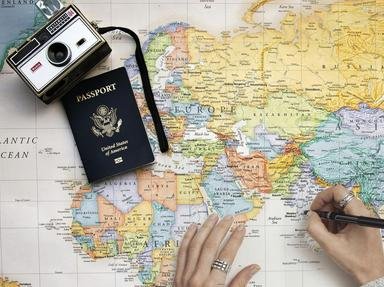Quiz Answer Key and Fun Facts
1. Although this continent is the temporary home to a number of scientists, there are no permanent towns. What is the name of this southern-most destination?
2. Now considered a United States Wildlife Refuge, what unoccupied Pacific locale was once a viewing site for atomic bombs?
3. Vatnajökull and Langjökull are both part of the typically uninhabited highlands of what northerly country?
4. Volcanically-active and home to many unique species of birds, Fernandina is one of the largest in which group of typically human-free islands?
5. A Scottish World Heritage Site, what now-uninhabited archipelago sits the furthest from the UK in the Outer Hebrides and was occupied in medieval times?
6. Found in the South Atlantic, what island near Tristan da Cunha was named for its inability to be disembarked upon?
7. Part of the Kingdom of Denmark, what is the least-densely populated island in the world (2012 data), mainly due to an expansive ice sheet covering over three quarters of its land?
8. Found next to the island of Montserrat in the Caribbean Sea, what small parcel of land is unvisitable since it's too steep to ascend or build upon?
9. To be fair, when you're partly named for a desert you can't expect more than flatlands and sand dunes. What West African nation holds most of its cities on the Atlantic Coast due to the inhospitable arid badlands stretching across to the border with Mauritania?
10. It may not be 100% empty but it's expansive, and your chances of finding someone 'out back' in this country might be slim to nil. What large island nation's central region is dry, dusty, and generally devoid of human settlements?
Source: Author
kyleisalive
This quiz was reviewed by FunTrivia editor
Pagiedamon before going online.
Any errors found in FunTrivia content are routinely corrected through our feedback system.

